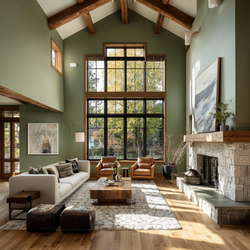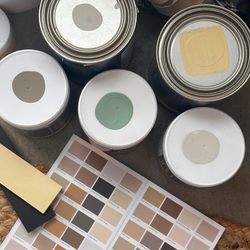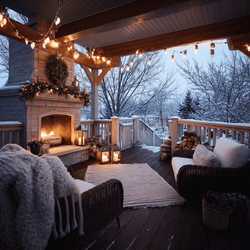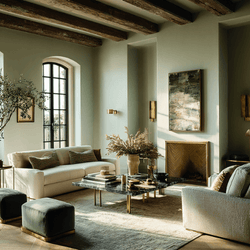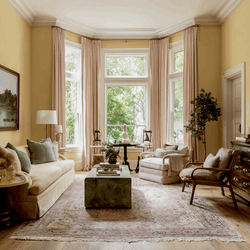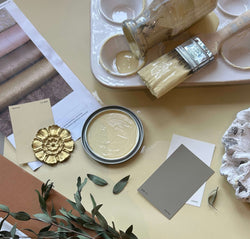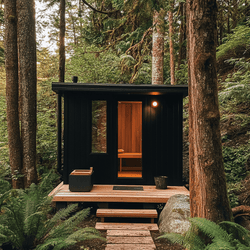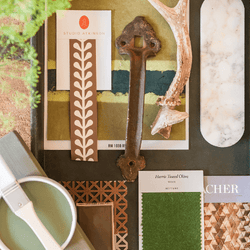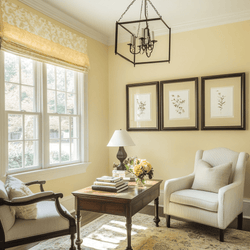Wild for Wood: Embracing the Resurgence of Dark Woods and Earth-Inspired Elements
We are witnessing what looks less like of a trend and more like a “movement” in the remarkable resurgence of dark woods. It marks a departure from the lighter, Scandinavian-inspired aesthetics that dominated the past decade. This trend brings a sense of warmth and sophistication to our spaces but also aligns with a growing consciousness towards sustainable living.

In the ever-evolving world of interior design, a remarkable trend is resurfacing with vigor: the use of dark woods. Gone are the days when light, airy woods dominated the scene. This movement isn't just about aesthetics; it's a nod to sustainability and a deeper connection with nature. Welcome to the era of being "wild for wood."
“Today, we're witnessing a passionate revival of deeper, darker woods that bring a sense of wilderness and luxury into our living spaces.” - Philippa Radon, Interior Designer
The Rise of Dark Woods

Dark woods, once relegated to traditional and classical styles, are now taking center stage in contemporary design. We're seeing a surge in the popularity of woods like walnut, mahogany, and ebony, known for their deep hues and enduring beauty. These woods are transforming spaces with their presence, be it through a majestic walnut dining table, elegant mahogany flooring, or chic ebony accents.
Aesthetic Appeal of Dark Woods

The allure of dark woods lies in their ability to add richness and depth to any space. Whether it's a rustic cabin or a sleek urban apartment, these woods bring a touch of sophistication and warmth. Their versatility allows them to fit seamlessly into various design themes, creating spaces that are both inviting and luxurious. Imagine the contrast of ebony wood against a light-colored wall, or the way a mahogany bookshelf stands out in a minimalist room.
Dark Woods and Sustainability

It's a common myth that using wood is detrimental to the environment. However, when sourced responsibly, dark woods can be a sustainable choice for eco-conscious consumers. Look for woods that are FSC-certified, ensuring they come from responsibly managed forests. This way, you're not just beautifying your home; you're also supporting sustainable forestry practices.
Earthy Materials and Sustainability

The sustainability conversation extends beyond just wood. Other earthy materials like stone, bamboo, and natural fibers are also gaining traction in sustainable interior design. These materials, in conjunction with dark woods, create a harmonious balance, bringing the essence of nature into our homes. They remind us of our responsibility towards the environment and encourage a more sustainable lifestyle.
The resurgence of dark woods in interior design is more than a trend; it's a movement toward sustainability and a deeper appreciation of nature's beauty. These woods, along with other earthy materials, allow us to create spaces that are not only visually stunning but also environmentally conscious. As we embrace this wild for wood trend, we open our homes to the timeless elegance and sustainability that these materials


